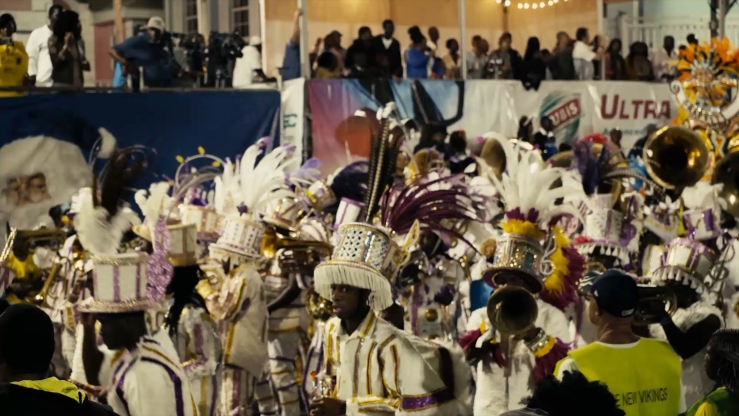Perspective #1: feminist foreign policy
As simple as it is revolutionary, feminist foreign policy does not place economic and territorial interests at the center of its guiding principles but the interests and rights of all humans.
As of today, April 20, 2022, quite a bit of optimism is needed to not describe the world as a crisis-shaken place. So as to not get washed away by the critical present, I find it helpful, on the one hand, to deal with how this situation could come about, to somehow try to comprehend the present—but that rarely succeeds at the moment. And on the other hand, and in particular, to direct my view to possible paths that in the future could lead to a different, less crisis-ridden situation. A “feminist foreign policy” that is now on everyone’s lips—not least due to its inclusion in the coalition agreement of Germany’s current federal government—has a quality, in my view, that contributes both to understanding and pointing up alternatives. In a systematic and historically well-founded way, it shows how the current world order causes and repeatedly fuels the currently experienced crises; and it makes proposals for a more peaceful and just world. The principle of feminist foreign policy starts from the assumption that peace, security and prosperity for all cannot be thought of in isolation from gender inequality: “The empirical analyses [from 176 countries, author’s note] […] impressively show that the oppression of women is directly linked with the welfare of nations. The more a society disrespects and oppresses women, the more massive the negative effects are for society as a whole: poorer governance, greater conflicts, less stability, lower economic output, less food safety, poorer health, exacerbated demographic problems, less environmental protection and social progress.”* But this does not mean, as is often falsely insinuated, that feminist foreign policy only focuses on women or people read as women. It instead fundamentally integrates in its thoughts and actions everyone affected by discrimination or violence—children and old people as much as the poor or ill, persons with disabilities, refugees, or persons threatened by racism and homophobia. As simple as it is revolutionary, feminist foreign policy does not place economic and territorial interests at the center of its guiding principles but the interests and rights of all humans.
If you are interested in the concrete goals and values of feminist foreign policy, you can find more information here:
Centre for Feminist Foreign Policy
Women's International League for Peace and Freedom
PeaceLab-Blog
In the works selected for the first “Perspectives” program, the voices of people are heard that would certainly be appreciated and integrated differently in a world conceived in feminist terms. At the same time, these works also tell of the many forms of solidarity that are already being lived and experienced today. In زخم (Absent Wound), Maryam Tafakory describes the strict separation between male and female occupied spaces and bodies in Iran and the consequences of these structures of dominance. What could an emancipation from these structures look like; how would one perform the change from a role description read as female to one read as male: Birds of my weakness by Úna Quigley imagines this process in performative images. The liberation from colonial power structures and the oppression of Black bodies is celebrated by the Black community on the Bahamas in the frame of the local Junkanoo carnival: Rhea Storr presents this annually celebrated, political and solidary act in Here is the Imagination of the Black Radical. What is my value for society and can this value be measured solely based on my labor power? Street vendors of the Apropos paper come up with their own answers to these questions in Moira Zoitl’s Out of Sight – Close Up. What are the wishes, dreams and fears of those whose bodies and desires do not conform with the norm, and how do they create their own safe and free spaces: Maryna Makarenko takes us on a trip to the community of fluid bodies in Jellyfish.
Enjoy the change in perspective!
About the person
Tasja Langenbach is a freelance curator and has been artistic director of the Videonale since 2012.




